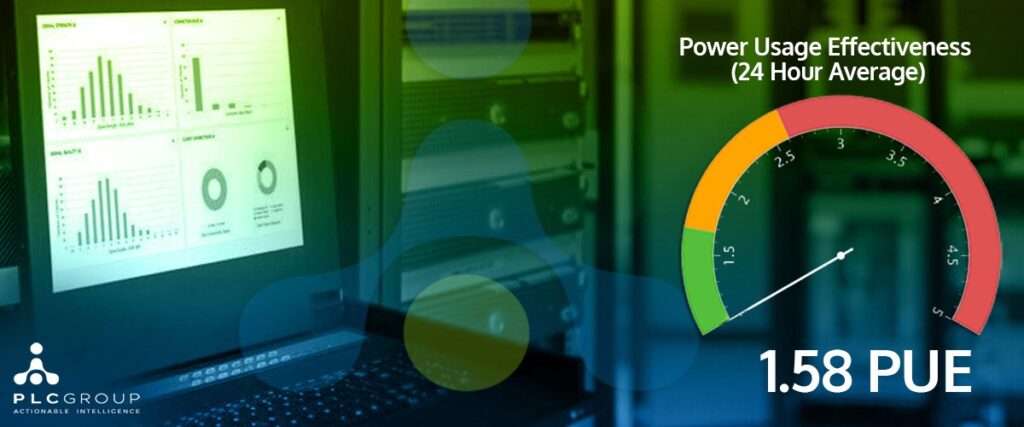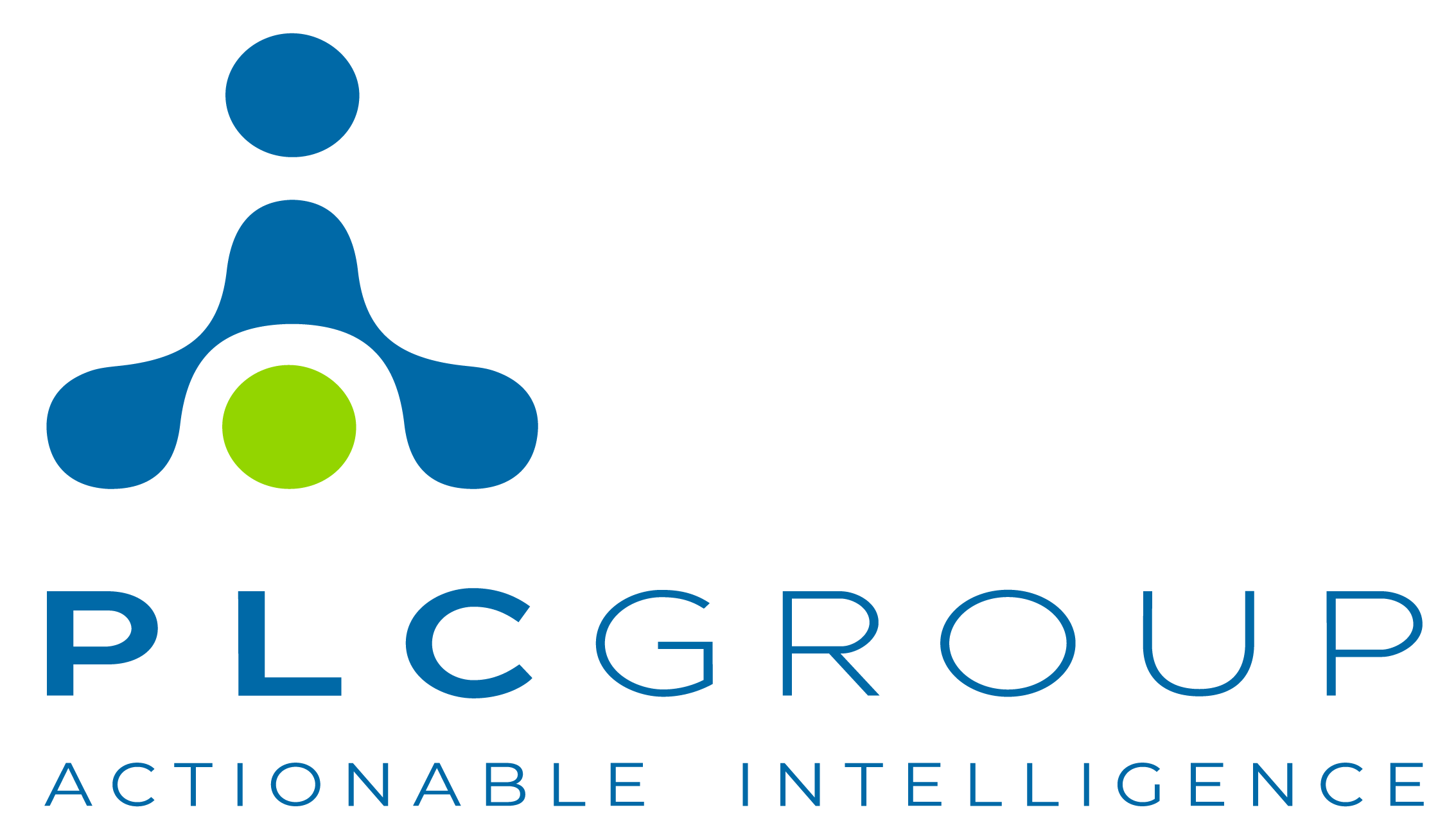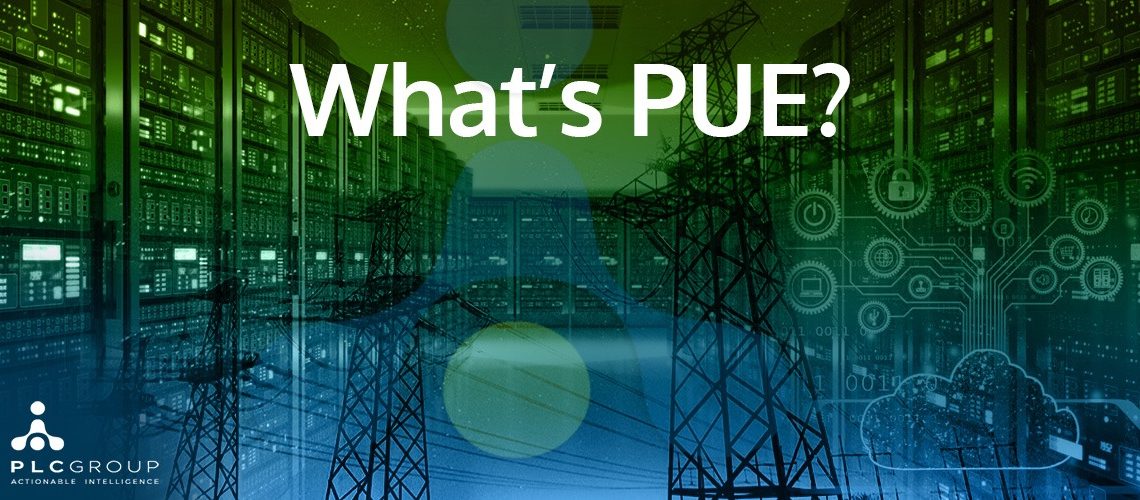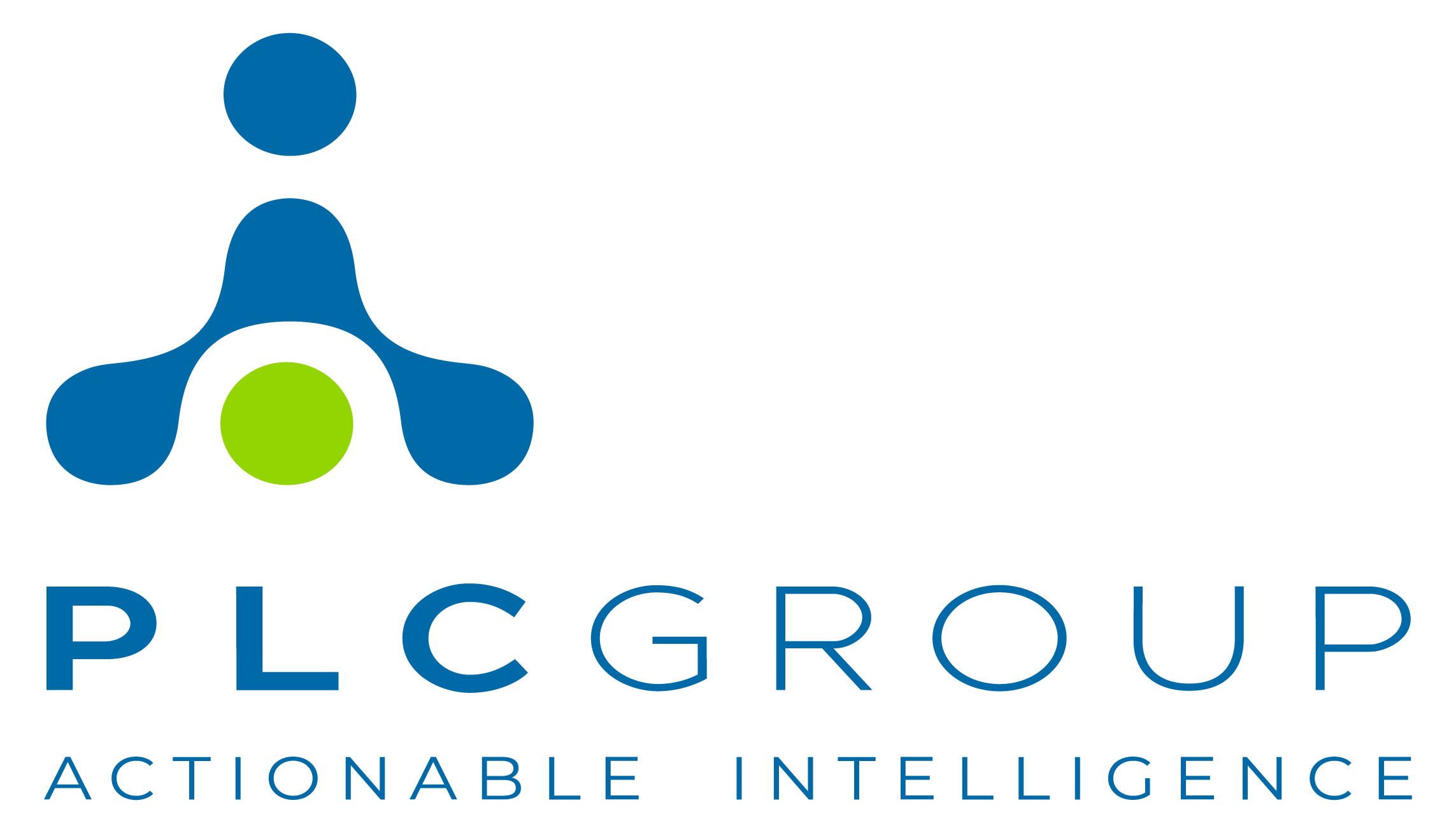A data center’s energy efficiency can be determined using the PUE (Power Usage Effectiveness) metric. In other words, Power Usage Effectiveness calculates the ratio of total energy consumed to the total energy used by only the IT equipment alone in order to assess the energy performance of the data center.
The data center’s architecture, occupancy rate, and other factors, such as the outdoor temperature, all influence Power Usage Effectiveness.
Given the amount of heat that a data center produces, it is simple to realize that the energy used to cool the computer rooms accounts for a significant portion of a data center’s Power Usage Effectiveness. Less significantly included in the figure are energy supply, illumination, monitoring, and security.
How to Calculate PUE?
PUE is the ratio of the amount of power needed to drive and cool the data center compared to the power drawn from the IT equipment in the data center.
Expressed as a formula, PUE is calculated as such:
PUE = Total Facility Energy / IT Equipment Energy
What is a Good PUE ratio?

A PUE of 1.0 denotes a 100% efficient data center, however, for most, this is not a practical goal. But some of the most environmentally friendly data centers in the world are getting there.
The average PUE, according to Uptime Institute, is 1.58. Your objective should be to lower yourself if you are currently above it.
Every data center will have a varied target Power Usage Effectiveness due to its distinct locations, climates, technologies, and equipment. PUE goals for new buildings with cutting-edge cooling and IT systems should range from 1.2 to 1.4. Aim to keep existing data center footprints under 1.5.
How Can I Improve PUE?
You can take the following actions to improve your data center’s energy efficiency and lower your Power Usage Effectiveness:
Install sensors and meters in your data center:
You may get vital information about what’s occurring in your data center via power and environmental sensors. Environment sensors help verify that your equipment is functioning within recommended ranges and power meters can input data into your management software to streamline Power Usage Effectiveness calculations.
Create alerts and thresholds for your sensor and meter data:
Modern data center management technologies gather, archive, report, and alert on this data so that you are aware of possible problems as soon as they arise, allowing you to fix them and maintain high levels of efficiency.
Raise temperatures safely:
Overcooling is money and energy waste. You can pinpoint exactly where and by how much you are overcooling equipment by keeping an eye on your environment. Then, without going over the manufacturer or industry standards like ASHRAE, you can increase your temperature setpoints until you are operating at maximum efficiency.
Put hot/cold aisle confinement into practice:
To prevent your cooling system from wasting energy cooling air that is already cold, avoid combining hot exhaust air with cold supply air. Your energy usage will be significantly reduced by containment measures, which will also boost cooling capacity and free up more power for IT equipment.
Equipment should be virtualized or combined:
You can decrease the amount of space, power, and cooling capacity you require by reducing the number of physical assets in your data center. Up to 30% of servers in a typical data center are ghost servers, consuming energy without serving any purpose. You can more simply condense your data center or virtualize the remaining servers by identifying and removing them.
Customers are billed for the energy they utilize:
By charging your internal or external customers for the energy their equipment uses, you may promote an environment of energy awareness and accountability. Your PUE will increase when customers start to care more about energy efficiency because it affects their bottom line.
Think about cutting-edge cooling techniques:
High-efficiency cooling techniques for high-density racks, like liquid cooling and immersion cooling, are gaining popularity. Find out which of your alternatives is best for your data center by doing some research.


